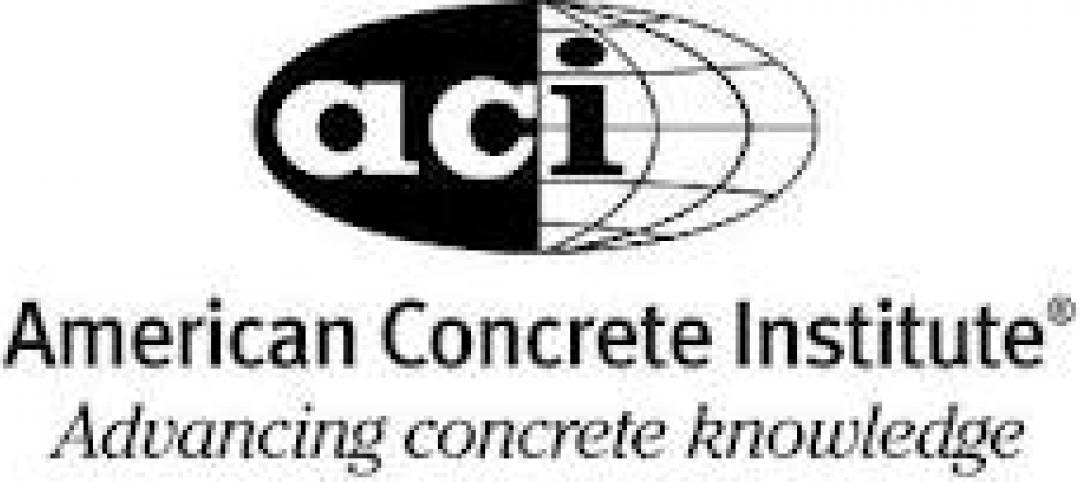Over the past five years, energy efficiency policies and codes have been made more stringent in many countries around the world, but for these measures to succeed stronger enforcement is needed, according to a report by Navigant Research.
“Globally, governments and regulatory agencies have increased their focus on commercial buildings, which are large consumers of the world’s energy,” adds Krystal Maxwell, research associate with Navigant Research. “Europe is a leader among world regions in energy efficiency policy, with the most rigorous building codes, performance standards, labeling, and benchmarking, as well as some of the most aggressive greenhouse gas emissions reduction targets.”
Commercial buildings, as large consumers of the world’s energy, have become primary targets for global governments and regulatory agencies. Increased regulation of policies, codes, and benchmarking must be enforced for successful policy reform, however, Navigant says.
Influencing code reform are the actions that many countries have taken to reduce greenhouse gas (GHG) emissions targets. The U.K. has the most ambitious target: An 80% reduction by 2050, with the emission level of 1990 as the baseline. The U.S. is aiming for a 26-28% reduction by 2025 from 2005’s level.
Related Stories
| Mar 1, 2012
California bill aims to cut costs for commercial building energy retrofits
A bill in the California Assembly would allow the state to pool together property owners’ energy-retrofit loans.
| Feb 29, 2012
Carvalho appointed Shawmut Safety Director
He has been a driving force behind multiple safety-orientated initiatives at Shawmut, including Safety Week, the creation of an online safety manual, and the implementation of a new safety reporting and tracking system.
| Feb 23, 2012
Federal budget cuts put major building projects on hold
A plan to build the National Bio and Agro-Defense Facility in Kansas is among several major building projects in jeopardy after the Obama administration’s 2013 budget was unveiled. The budget would cut all construction spending for the facility.
| Feb 23, 2012
Federal agencies fixed on leasing LEED-certified space
The federal government is especially focused on renting LEED-certified spaces.
| Feb 23, 2012
Regulators investigating construction accident at World Trade Center
The New York Port Authority and the city’s fire and building departments are investigating an accident at the World Trade Center construction site in lower Manhattan after a crane dropped steel beams that fell about 40 stories onto the truck that delivered them.
| Feb 23, 2012
New Virginia statewide building code goes into effect March 1
After March 1, all building plans in Virginia must adhere to the 2009 code that was adopted a year ago.
| Feb 23, 2012
Privatizing flood insurance could lead to new code requirements
One thing that could pave the way toward private flood insurance would be NFIP reforms, like requiring new construction in flood-prone areas to be elevated.
| Feb 22, 2012
ACI BIM manual for cast-in-place concrete in development
The improved communication, coordination, and collaboration afforded by BIM implementation have already been shown to save time and money in projects.















